A group of scientists at the Vietnam Museum of Nature found and identified two precious ginseng species in the wild in Tuyen Quang and Ha Giang.
Since 2021, the research team of Associate Professor, Dr. Phan Ke Long, Vietnam Museum of Nature has been tasked with investigating the current status of medicinal plants of the ginseng genus (Panax L.) in Tuyen Quang and Ha Giang. Within 2 years, he and his colleagues set foot in these two provinces to explore precious ginseng with 2 main objectives: to investigate, evaluate the current status and propose conservation plans for Panax L. species.
Associate Professor Long said that the Panax genus belongs to the Araliaceae family, which are all rare and famous medicinal plants in the world. Data from previous research shows that this ginseng species appears in Tuyen Quang and Ha Giang, but the specific species name has not been determined due to lack of information on morphology and molecular biology.
The research team's stop in Tuyen Quang was Lam Binh district, where there is a 39,752 ha protective forest in 8 communes, a mountain peak over 1900 m high and a rugged limestone mountain system. The altitude and climate here are considered very suitable for the growth of ginseng. The team said that ginseng species grow well in areas with an altitude of 1200 - 1500 m, these locations often have a temperate, cool climate all year round and relatively high humidity (over 85%).
Concentrating in forest canopies where the soil is loose, has thick humus, is well-ventilated and limits the growth of regenerating trees, Associate Professor Long and his colleagues identified 3 populations of Panax medicinal ginseng plants, all of which are P. notoginseng (Burk.) Chow & Huang, 1975 (Dien that/San qi bac).
Moving to Ha Giang land with a natural forest area of 345,860 hectares, which plays a role in protecting the upstream ecological environment of the Northern Delta and providing raw materials for industrial production and construction. The group focused on searching for ginseng in the three mountain ranges of Chieu Lau Thi, Tay Con Linh, Ta Phin Ho in the districts of Hoang Su Phi, Bac Quang, Vi Xuyen. The highest area is up to 2400 m above sea level.
The results obtained 5 populations of medicinal ginseng Panax species P. stipuleanatus CTTsai & KMFeng (Wild Panax). Accordingly, 57 individuals belonging to 5 sub-populations Dong Van, Quan Ba, Hoang Su Phi, Bac Quang, Vi Xuyen recorded ginseng seeds in small quantities.
With a decline of more than 90%, the wild Panax notoginseng population in Ha Giang is assessed as endangered. According to the IUCN assessment criteria (2019), the current status of the wild Panax notoginseng population is extremely endangered due to the very low number of regenerating trees, the risk of narrowing the medicinal plant species of the ginseng genus.
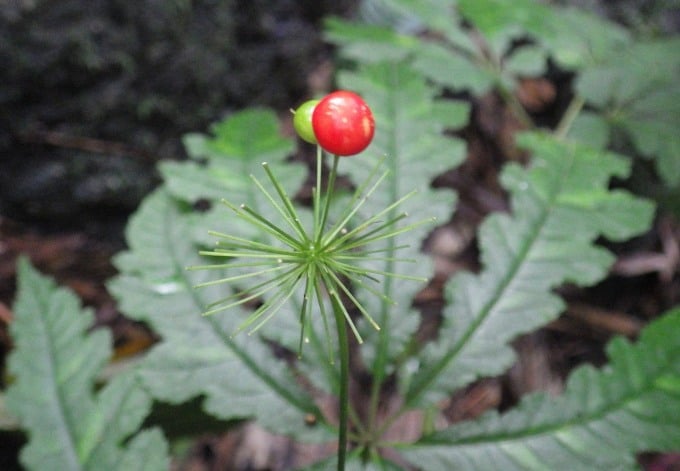
Medicinal ginseng P. stipuleanatus (Wild Panax pseudoginseng) in Ha Giang. Photo: Research team
Associate Professor Phan Ke Long said that some ginseng species are at a high risk of extinction due to habitat loss and overexploitation by humans. This is also a factor that makes it difficult for researchers to search for wild ginseng species in Tuyen Quang and Ha Giang.
After 2 years of searching and evaluating precious ginseng species, the research team proposed a conservation and propagation model in Lam Binh forest (Tuyen Quang) and Chieu Lau Thi forest area (Ha Giang).
Scientists also proposed managing the felling of regenerated trees and preserving the genetic resources in 5 populations in Ha Giang and 3 populations in Tuyen Quang, and testing planting at the same altitude and climate zone. According to Mr. Long, businesses and people need to join hands to participate in the conservation, local propagation and sustainable exploitation of medicinal plants of the ginseng genus.
The medicinal value of wild ginseng was also initially determined by the research team to have many valuable compounds such as: aglycone, oleanolic acid and panaxadiol. These substances have the effect of reducing phlegm, relieving pain, stopping bleeding and improving health. They also contain Oleanane-triterpenoid which has the ability to fight cancer and inflammation through the mechanism of inhibiting the activity of the NF-ĸB agent that transmits signals to activate the expression of a number of genes related to inflammation.
Currently, Vietnam has species of ginseng belonging to the genus Panax growing naturally, including P. japonicus var. bipinnatifidus (Seem.), Wu & Feng (P. bipinnatifidus Seem.), Panax notoginseng, Wild Panax stipuleanatus, Lai Chau ginseng (P. vietnamensis var. fuscidiscus) and Langbian ginseng (P. vietnamensis var. langbianensis).
Ngoc Linh ginseng (P. vietnamensis var. vietnamensis) also belongs to Panax and has been studied in detail for its medicinal value but has not been found in nature. Ngoc Linh ginseng contains ocotillol saponin which has a sedative effect and majonoside-R2 which has the ability to resist the agent that causes nasopharyngeal cancer.
Bich Thao
Source link



![[Photo] Looking back at the impressive moments of the Vietnamese rescue team in Myanmar](https://vstatic.vietnam.vn/vietnam/resource/IMAGE/2025/4/11/5623ca902a934e19b604c718265249d0)


![[Photo] "Beauties" participate in the parade rehearsal at Bien Hoa airport](https://vstatic.vietnam.vn/vietnam/resource/IMAGE/2025/4/11/155502af3384431e918de0e2e585d13a)













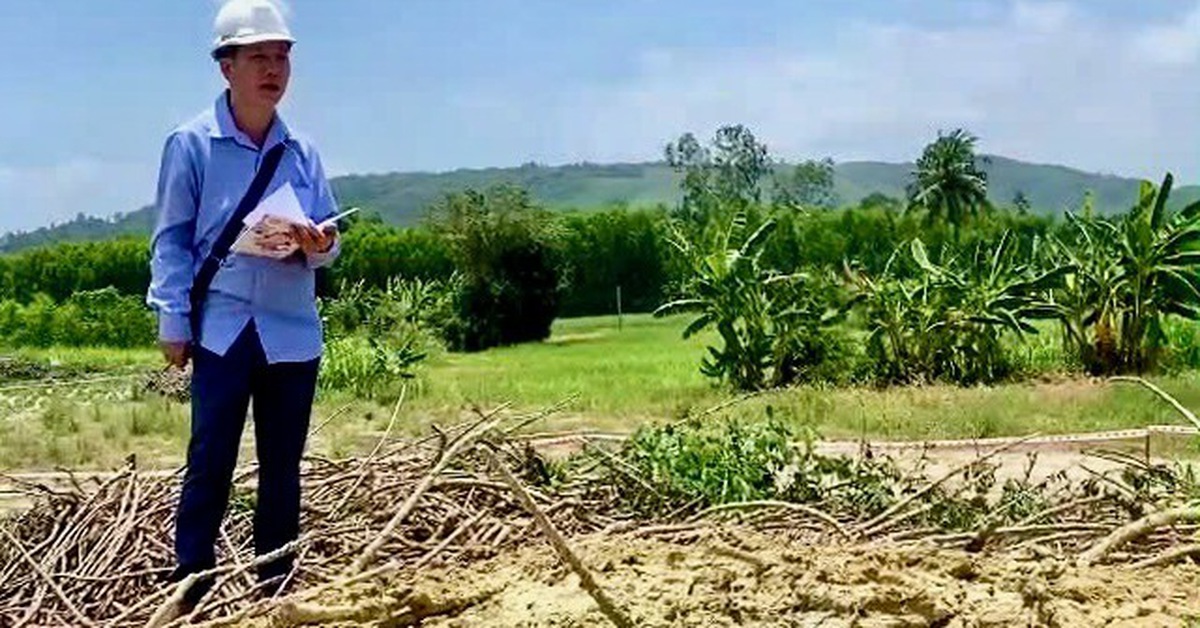

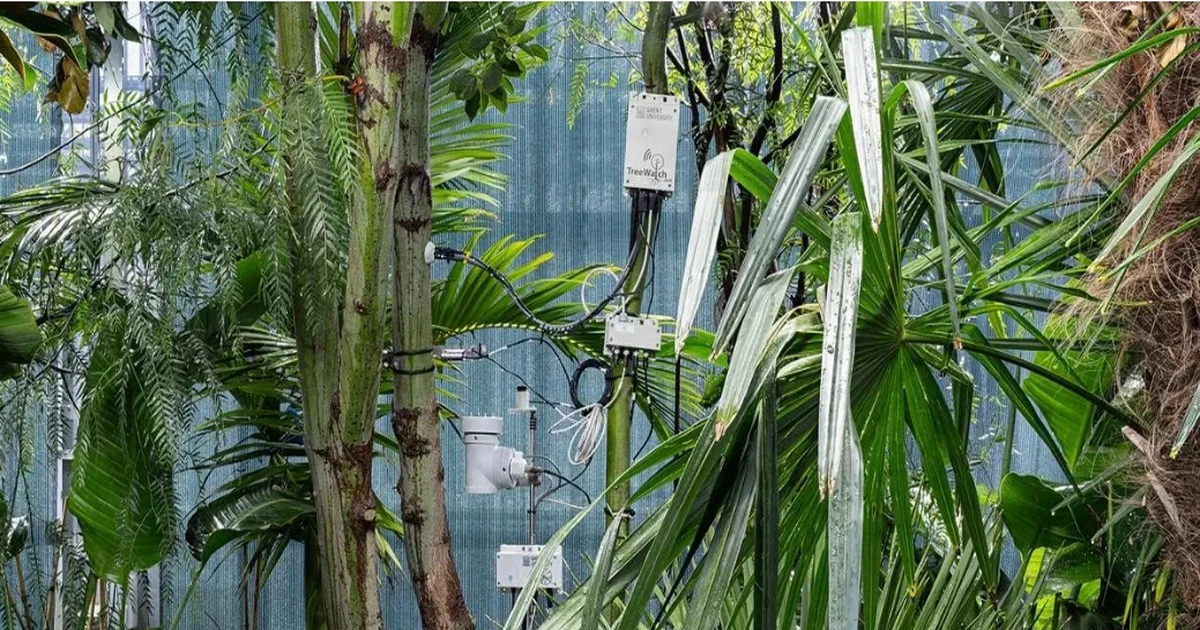








![[Photo] Summary of parade practice in preparation for the April 30th celebration](https://vstatic.vietnam.vn/vietnam/resource/IMAGE/2025/4/11/78cfee0f2cc045b387ff1a4362b5950f)


































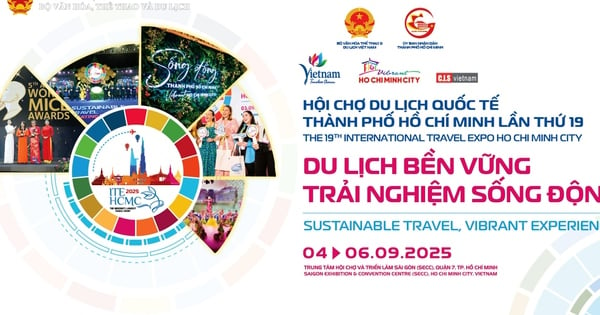








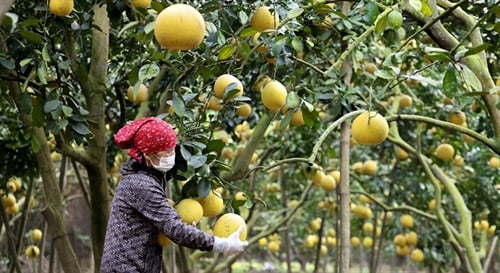

















Comment (0)